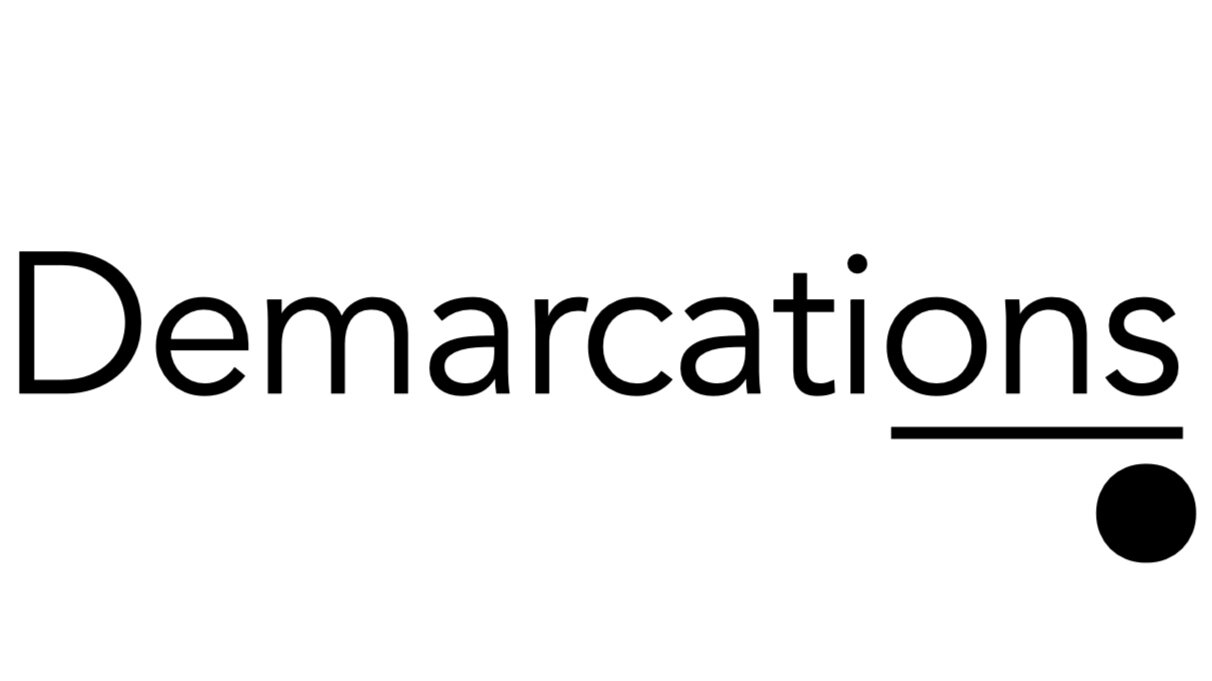There's a lot to remember when giving multimedia presentations. PowerPoint or KeyNote presentations involve the complex interaction of your computer, your software, the presentation file, a display screen or projector, your remote, and the audio system. And increasingly, presentations are given as webinars, where the presenter (i.e. you) may be in charge of an even greater scope of technical requirements, including gadgets in your office that can interfere with your presentation. Not to mention that co-worker who barges into your office without knocking. A lot can go wrong. So how can you minimize the risk of technical problems? Don't spend valuable mental RAM thinking about the little but important things you might forget. Here's a simple checklist:
Screen saver....................................Disabled
Power settings.................................Never turn off (all modes)
Multiple displays (for webinars)........Disconnected
Email notifications...........................Turned off
Other popups and notifications..........Disabled
Ringers (cell phone, office phone)......Turned off/DND
Sign on door (for webinars)...............Displayed
Glass of water...................................Filled
Outline............................................On podium/desk
Presentation.....................................Open/slides loaded
This is a work in progress and I welcome your comments. And for any particular presentation, there may be more to add to your list. Also consider having multiple backups of your presentation ready to go, as detailed in this excellent post.
Now go knock 'em dead.





